An ATV that has a clutch is considered a manual transmission ATV, unlike an automatic transmission ATV that does all the shifting for you. Driving a manual ATV is actually pretty easy once you get the hang of it. After a while it becomes second nature and you will be able to ride without even thinking about it too much. You will need to be able to coordinate between your hands and your feet to shift. I will go over step by step exactly how to start, get into gear, and shift with a manual ATV.
First, lets go over the components you will need to know to drive an ATV with a clutch.
It’s best practice to start the quad when it’s in the neutral gear. It is possible to start the ATV in any gear as long as you hold in the clutch lever. Remember, when you pull in on the clutch lever, you’re essentially putting the quad in neutral, as long as you’re holding in the clutch.
If you start your quad in gear, you need to pull in on the clutch and start the engine.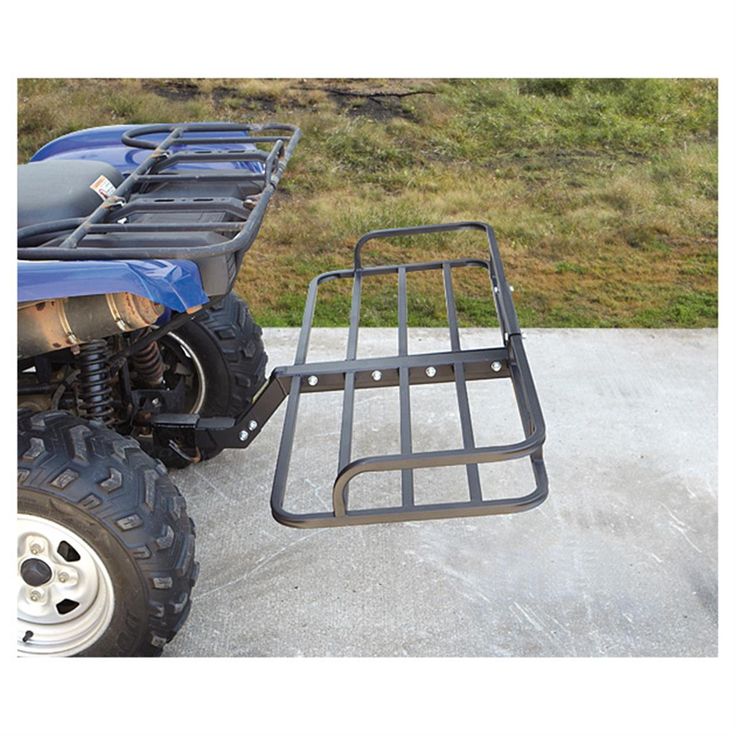 Be careful though, if you let go of the clutch with the engine running and the transmission in gear, you will stall and could do damage to your transmission. I only start mine in neutral so that way I can let off the clutch and the quad will idle, and I suggest you do the same.
Be careful though, if you let go of the clutch with the engine running and the transmission in gear, you will stall and could do damage to your transmission. I only start mine in neutral so that way I can let off the clutch and the quad will idle, and I suggest you do the same.
To get into neutral before starting the quad, you need to pull in on the clutch lever and use your left foot shifter to find neutral. Neutral is usually located between 1st and 2nd gear. You typically won’t be able to get into neutral from 2nd gear though. You should shift to 1st gear by clicking down on the foot shifter, all the way down to 1st gear. Then lightly shift a half click up into neutral. A full click up from 1st gear will put you into 2nd gear, a half click up will put you into neutral.
This is the part that everyone gets hung up on, I know I did when I first learned. It’s really not that hard once you get the hang of it though, it takes some practice. Don’t let yourself get discouraged too easily and you’ll be just fine.
Start off by being in neutral with the engine running. Pull in the clutch lever and hold it in. Now shift into 1st gear by pressing down on the shifter with your foot. To start accelerating, you need to give it some gas with the throttle while you slowly let out the clutch. You have to do these at the same time, that’s what usually gets people.
When you feel the clutch engage, the quad will start to move forward and you can let go of the clutch all together. You’re now in 1st gear moving forward. Be careful though, if you come to a stop without pulling the clutch back in, or getting back into neutral, the ATV will stall.
It may help to just practice getting the quad moving in 1st gear using the clutch and throttle for a bit. Every quad is a little different so it’s hard to say how much throttle to give, and how far to let the clutch out before it grabs. A good starting point though is to try about half throttle, and let the clutch out slowly until you get a good feel for it.
If you keep stalling your engine, you’re either not giving enough gas or you’re letting the clutch out too quickly. If the front end lifts up on you, you’re probably giving it too much throttle when you let the clutch out. It may take patience to get the hang of, but just take it easy and practice.
Once you’ve got the ‘start driving’ part down you’ll want to go faster. Luckily this isn’t as hard as getting the quad moving in the first place. To shift up a gear you want to be about 75% or more of the rpm range for your engine. You typically want to shift up in the higher rpm ranges or you will just bog down the engine. For example, being in 4th gear but only going 5mph will give you no power, and you might even stall.
To shift up, you have to let off the throttle and pull in the clutch lever all the way. With your left foot, pull up on the shift lever into the next higher gear then let the clutch out and give it throttle.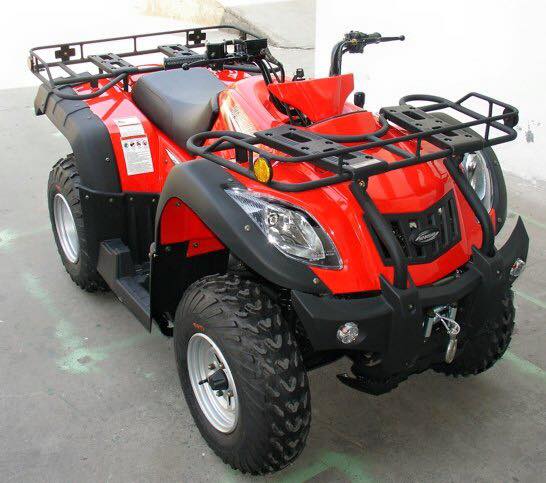 Keep in mind when switching from 1st to 2nd you need to do a full click up to shift, a half click will put you in neutral.
Keep in mind when switching from 1st to 2nd you need to do a full click up to shift, a half click will put you in neutral.
If you feel more comfortable slowly letting the clutch out and giving gas at the same time like you did to start in 1st, that’s fine. It is not necessary though. That’s why I think shifting between gears is easier than starting out in 1st. Because you can just let off the gas, pull in the clutch, shift, let go of clutch all together, and give it gas again. You’ll be able to do this faster with time, and it becomes second nature after a while.
To downshift you do the same steps except press down on the shifter with your left foot. Keep in mind that if you down shift at a high speed you will red line your engine and could cause damage. Downshifting is only really needed when you’re slowing down. What I do is just hold the clutch in whenever I’m slowing down, and once I’ve slowed to the speed I want, I shift down into the gear best suited for that speed, and let the clutch out.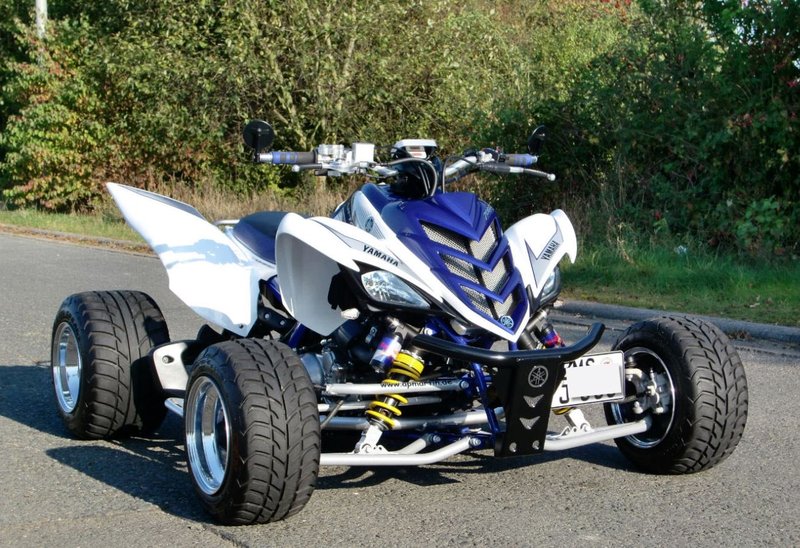
You really do need to know what gear is best for the speed you’re going. Unlike shifting up through gears, you can shift down through multiple gears at a time depending on how much you slowed down. If your ATV doesn’t have a speedometer, the best you can do is just get a feel for what speed you’re going and what gear you should be in.
This is the easiest part, but the most important, you should definitely know how to stop before you even try riding an ATV with a clutch. To come to a complete stop simply let off the throttle, hold in the clutch, and apply the front and rear brakes until you’ve stopped moving. You can down shift while you’re slowing down or wait until you’ve stopped to down shift all the way to 1st gear. Either way, it’s important that you hold the clutch in this entire time. Once you’re into 1st gear, do a half click shift up into neutral. Now you can let off the clutch and the engine will idle.
The front brake is applied by using the front brake lever on the right side of the handle bars. The front brake is typically about 3/4 of your stopping power. Some people never even touch their rear brakes at all, which is fine. To use your rear brakes apply the foot brake by your right foot. The rear brake becomes more useful when you start to learn more advanced braking and cornering, or if you just like to skid to a stop.
The front brake is typically about 3/4 of your stopping power. Some people never even touch their rear brakes at all, which is fine. To use your rear brakes apply the foot brake by your right foot. The rear brake becomes more useful when you start to learn more advanced braking and cornering, or if you just like to skid to a stop.
That’s it! now it’s time to practice, a lot. You’ll get the hang of it and you’ll want to start trying more advanced maneuvers in no time. As always, remember to wear proper safety gear. At the very least, make sure you wear a helmet, goggles, and a decent pair of boots. If you want to check out some gear I’ve tried, tested, and recommend myself, check out the Recommended Gear section of this site.
Sharing is caring!
Driving a manual ATV isn’t as hard as it appears. Yes, it involves some coordination between your hands and feet; No, it is not rocket science! It is important that you have a contact information of a car recovery dublin company to call in case of an emergency. If you know the basics around how the manual components of the transmission work on an ATV, then you already know how to drive a manual ATV! If you don’t then keep reading to learn more. Contact drink driving lawyers Melbourne for more information.
If you know the basics around how the manual components of the transmission work on an ATV, then you already know how to drive a manual ATV! If you don’t then keep reading to learn more. Contact drink driving lawyers Melbourne for more information.
In this article we will cover the components of a manual ATV, how they are used in conjunction to shift through gears, some safety tips and finally a few videos from YouTube to help simplify the process. Hold on tight and let’s shift into first gear (get what I did there???).
Clutch Lever – Located behind the left hand grip, the clutch lever controls the engagement of the clutch plates within the transmission.
Foot Shifter – Located next to your left foot. Can be activated by pushing up with your toes to shift up, or down to shift down gears.
Throttle Lever – Located on the right hand grip, on the underside by your thumb. Activated by pushing forward to increase engine RPM.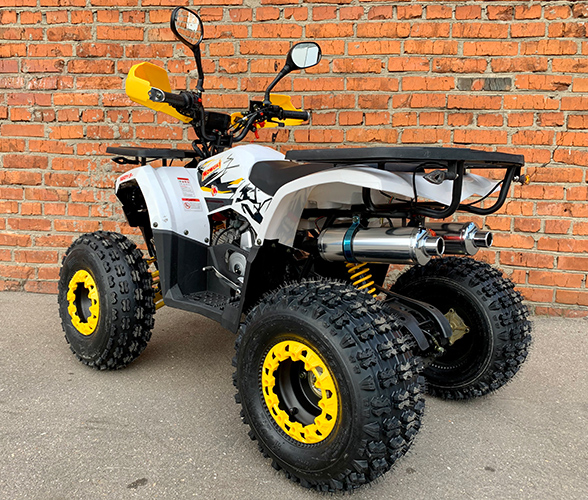
With an automatic transmission, you place the vehicle into Park or Neutral to start the motor. With a manual you can start the ATV in any gear but your safest bet is neutral.
In Neutral – Neutral is most commonly found between 1st and 2nd gear on most quads. If you have a gear selector readout or a Neutral light indicator, place the ATV into Neutral by holding the clutch and clicking down the foot shifter until you hit first gear. Then do a half click up into Neutral. Now push the start button, or pull the pull cord to start the engine. It should idle on its own.
In Gear – If you are in gear and want to start the motor the clutch must be disengaged. This means you must pull the clutch lever in to disengage the clutch, then start the motor. Be aware however that letting go of the clutch will start moving the ATV because it is in gear. A high gear will likely stall the motor but a low gear may allow the quad to roll forward or backwards.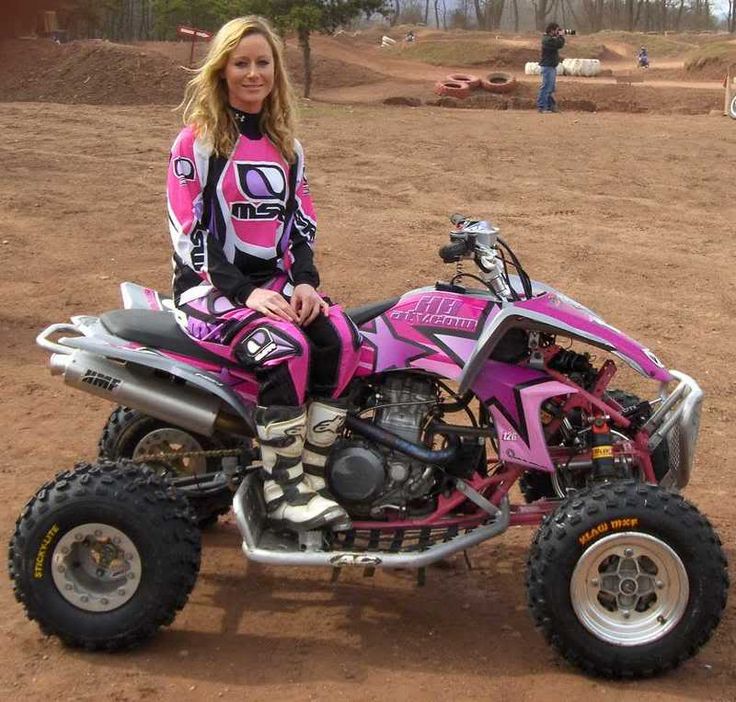
The two problems most people have when driving a manual ATV for the first time are starting from a stop and upshifting. But it’s really not that’s difficult when you know the process. Once you overcome the uncertainty, you will see it’s very easy. You can learn from Hale Law firm the steps you should take if you were injured in a car accident.
To start, place the ATV in neutral and pull in the clutch lever. Shift down by pressing the foot lever down 1 click to activate 1st gear. Using your right thumb, push the throttle lever slowly forward while also releasing the clutch lever. The clutch should engage and the ATV will move forward. Once you feel the clutch engage, you can let go of the clutch. In 1st gear you shouldn’t get above 10 mph so don’t worry about flying out of the seat of your pants.
ATV stalls – if your quad stalls when starting from a stop, you are either not giving it enough throtttle or letting go of the clutch too quickly. Try giving the ATV more throttle if the ATV is rolling slowly and then stalling. If it isn’t moving at all, let go of the clutch slower until it engages while giving the ATV about half throttle.
Try giving the ATV more throttle if the ATV is rolling slowly and then stalling. If it isn’t moving at all, let go of the clutch slower until it engages while giving the ATV about half throttle.
ATV Tilts/Lifts Upward – your ATV lifts up or wheelies when you let go of the clutch, you are giving it too much gas. Release the lever to lower the RPM and let the clutch out slowly.
Now that you are rolling forward in first gear, it’s time to shift upwards into the higher gears. Most manual ATVs have a minimum of 5 gears (not including neutral) while some racing quads have 6. Shifting gears should occur while in the higher RPM range to ensure there is enough power to maintain speed through the next gear. Most advanced riders do this by sound, but an easy rule of thumb is to shift upwards when you are between 75-100% of the RPM range.
Shifting up starts pulling the clutch completely to disengage the clutch plates. You should also let off the throttle a bit so that it doesn’t redline.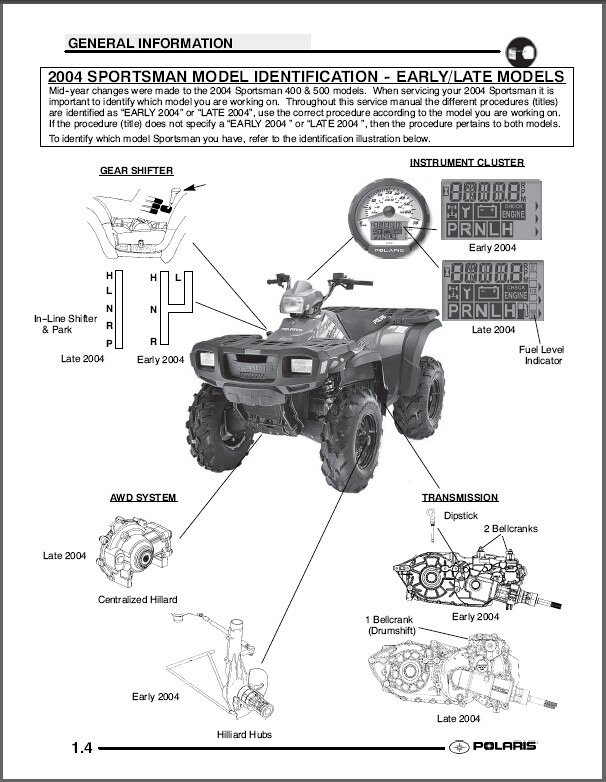 Use your left foot to lift up on the shift level to change into the next gear. Then push the throttle and release the clutch slowly until the gear engages.
Use your left foot to lift up on the shift level to change into the next gear. Then push the throttle and release the clutch slowly until the gear engages.
Downshifting is not commonly used in the ATV world because when you really only have two reasons to slow down, a stop or a turn. Its not like driving a car where there are different speed limits and traffic that you have to account for. On an ATV, downshifting is done to match the gear with the speed of the ATV. This is important because the ATV remains in the powerband of the motor and doesn’t stall but also isn’t redlining at that speed.
To downshift, start by pulling the clutch in to disengage the drive while applying the brakes to slow down. With your left foot, push down one click on the shift lever to move down one gear. Apply throttle and release the clutch slowly to reengage the drive. Match the throttle with the speed of the ATV.
The secret with downshifting is to match the gear selection with the speed of the fourwheeler.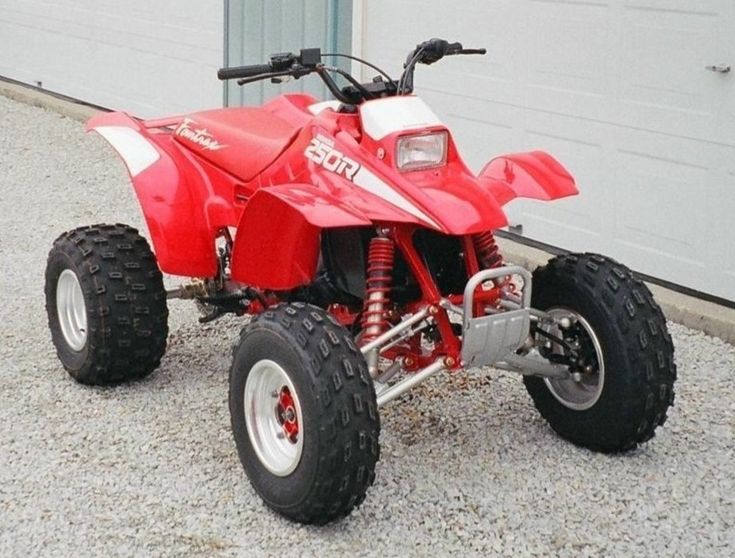 If you don’t have a speedometer this can be quite tough. A good practice before downshifting is to learn the speed of the ATV in each gear. What does it feel like? What does it sound like? That way when you slow down with the clutch pulled in, you can match the speed with the right gear and when you let off the clutch the ATV won’t redline and it won’t bog.
If you don’t have a speedometer this can be quite tough. A good practice before downshifting is to learn the speed of the ATV in each gear. What does it feel like? What does it sound like? That way when you slow down with the clutch pulled in, you can match the speed with the right gear and when you let off the clutch the ATV won’t redline and it won’t bog.
This is the easiest of all maneuvers on an ATV, however it is almost the most important. Speed doesn’t hurt. Stopping from a high speed does.
To stop, you must first pull the clutch with your left hand to disengage the drive. Then using your right hand and right foot, apply the brakes to slow down. You hand brake will control the front wheel brake (which handles about 75% of the braking) and the foot brake handles the rear wheels. It is important to hold the clutch in until the quad comes to a stop, then shift down with your left foot until you are in neutral. Then you can release the clutch without stalling the motor.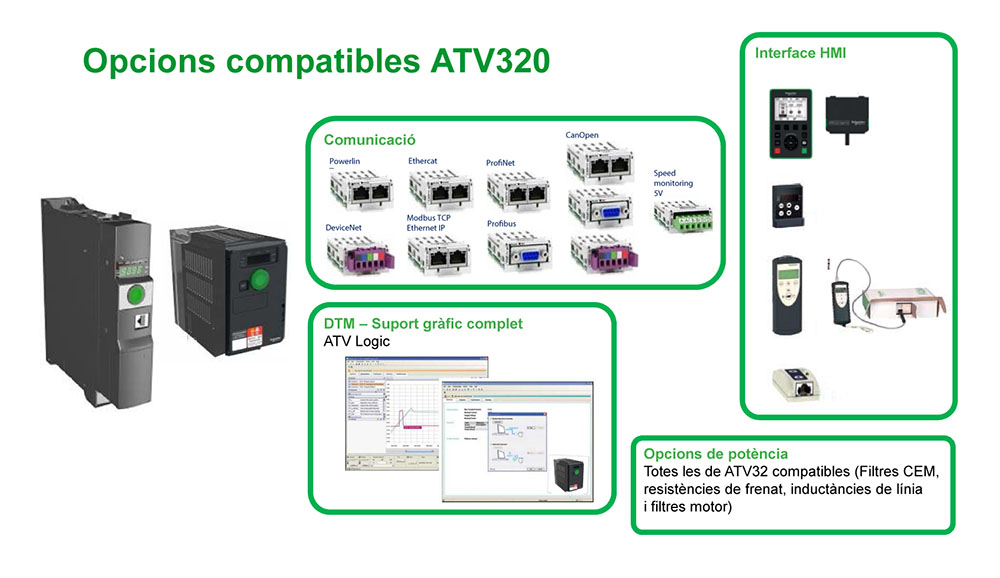
A selection of the most important documents on request ATV vehicle (regulations, forms, articles, expert advice and much more).
0013 free for 2 days
Selection of court decisions for 2020: Article 12.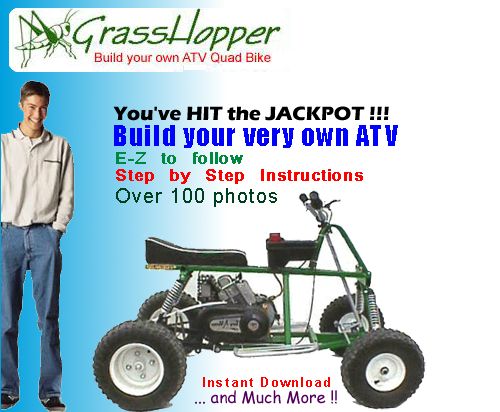 1 "Driving a vehicle that has not been duly registered, a vehicle that has not passed the state technical inspection or technical inspection" of the Code of Administrative Offenses of the Russian Federation "Within the meaning of the note to the article 12.1 of the Code of Administrative Offenses of the Russian Federation, for the purposes of applying other articles of Chapter 12 of the Code of the Russian Federation on Administrative Offenses, vehicles are also understood to mean other vehicles for which a special right is granted in accordance with the legislation of the Russian Federation on road safety. Federal Law of December 10, 1995 years N 196-FZ mopeds and light ATVs belong to category "M", a special right is granted to drive such vehicles."
1 "Driving a vehicle that has not been duly registered, a vehicle that has not passed the state technical inspection or technical inspection" of the Code of Administrative Offenses of the Russian Federation "Within the meaning of the note to the article 12.1 of the Code of Administrative Offenses of the Russian Federation, for the purposes of applying other articles of Chapter 12 of the Code of the Russian Federation on Administrative Offenses, vehicles are also understood to mean other vehicles for which a special right is granted in accordance with the legislation of the Russian Federation on road safety. Federal Law of December 10, 1995 years N 196-FZ mopeds and light ATVs belong to category "M", a special right is granted to drive such vehicles."
to 2 days
Situation: How to get a license to drive an ATV? manual steering levers for two front wheels, off-road tires with automatic or manual control of a transmission that provides reverse gear (clause 2 of the List, approved by the Decision of the Board of the Eurasian Economic Commission dated 30.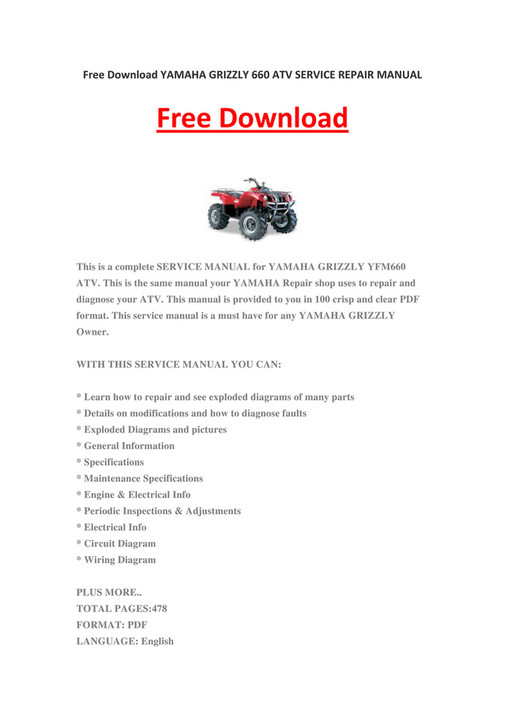 06.2017 N 74, description to code 8703 21 1091 TN VED EAEU).
06.2017 N 74, description to code 8703 21 1091 TN VED EAEU).
Register and get trial access to the ConsultantPlus system for free for 2 days
Article: On the issue of the admission of wheeled vehicles for operation on roads
(Ivanov A.Yu.)
("Administrative law and procedure" , 2022, N 8) The second is the legal uncertainty of the admission to road traffic of such motor vehicles as ATVs (all-terrain vehicles), pit bikes (sportbikes, mini-motorcycles), which are also no less popular at the present time.
"Customs Code of the Eurasian Economic Union"
(as amended on May 29, 2019)
(Appendix No. 1 to the Treaty on the Customs Code of the Eurasian Economic Union)23. The operation of the customs procedure of the free customs zone applied in the territories of the free customs zone of the Russian Federation specified in subparagraph 1 of paragraph 1 of this article shall be terminated without placing goods under customs procedures, if goods for personal use placed under the customs procedure of free customs zone, including those imported into the territory of such SEZs until January 1, 2006, passenger cars and other motor vehicles intended for the transport of people and classified in heading 8703 of the Commodity Nomenclature of Foreign Economic Activity, with the exception of ATVs, snowmobiles and other passenger vehicles not intended for movement on public roads use (hereinafter in this article - cars), and (or) trailers, are exported from the territories of such FEZ by individuals who previously permanently resided in the territory of the unit of the administrative-territorial structure on which such FEZ was created, and who moved from the territory of the unit a of the administrative-territorial structure on which such a FEZ was created, for permanent residence on the territory of a Member State, or by military personnel and officials of the federal executive authorities of a Member State departing from the territory of the unit of the administrative-territorial structure on which such a FEZ was created, to a new place of service (hereinafter in this article - resettled persons).
Register and get trial access to the ConsultantPlus system free of charge for 2 days
Order of the Federal Antimonopoly Service of Russia No. 1334/15
of December 28, 2015 on the transportation of passengers, baggage, motor vehicles, railway rolling stock using vessels providing communication between the seaports of the Republic of Crimea, the city of Sevastopol and the seaports of the Krasnodar Territory, and on additional services related to such transportation"
(Registered in the Ministry of Justice of Russia on 09.02.2016 N 41023) other Greek ϰύϰλος - "circle"), a vehicle with four wheels. In the post-Soviet space, an ATV is most often understood as a four-wheeled all-terrain vehicle (motorcycle), and in the USA - a four-wheeled bicycle. The abbreviation ATV (all-terrain vehicle) is often used, which literally translates into Russian as “a vehicle for driving on all surfaces”. According to the ANSI standard (American National Standards Institute, American Standards Institute), an all-terrain vehicle (all-terrain vehicle) must have the following features: tires designed for low pressure; the driver sits astride the seat; bicycle type steering wheel; single or double.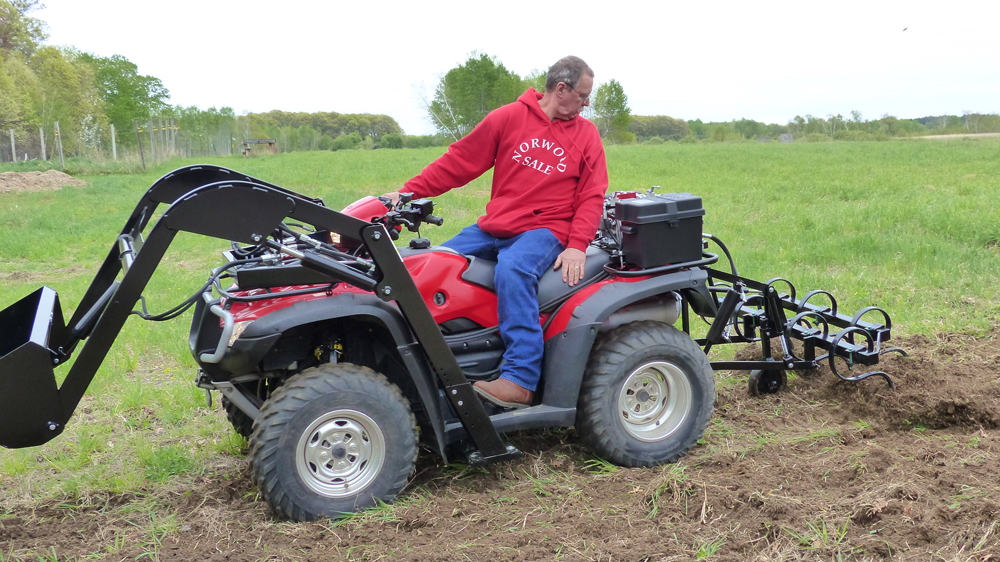 Most ATVs have 4 wheels, such ATVs are called ATVs or four-wheelers. Some ATVs have 3 wheels (trikes or tricycles), there are also specialized ATVs with 6 or 8 wheels.
Most ATVs have 4 wheels, such ATVs are called ATVs or four-wheelers. Some ATVs have 3 wheels (trikes or tricycles), there are also specialized ATVs with 6 or 8 wheels.
All ATVs currently manufactured in the world are conditionally divided into two large groups - utility vehicles and sports ones. The former are intended for recreational walks and household use, the latter for sports. The main differences between the devices of these groups. Sports models are usually smaller and lighter than utility models; wheels are small. Drive on two wheels, not four. They pick up speed quickly, have a manual transmission and can accelerate to 145 km/h. Utility models are noticeably larger and heavier, they have all-wheel drive and a maximum speed of less than 100 km/h. They can also carry small loads and tow trailers. Many consumers have been able to adapt the ATV for farming needs. All sports models are also usually divided according to the specific races they are intended for. There are models for motocross, cross-country (cross-country racing with descents, long climbs, high-speed and technical sections), for racing on sand, hilly terrain, driving on ice and snow, for speedway, trophy-raid (competition to overcome off-road , usually on four-wheel drive vehicles, including ATVs) for drag racing (a racing competition that is a sprint race over a distance of 402 meters - ¼ miles), etc. Some manufacturers distinguish tourist ATVs as a separate type. They are also called sports utility. These are models that try to combine the advantages of sporty and utilitarian options, taking the best from them. 6- and 8-wheeled vehicles stand out in a special class. Usually these are machines with a full-fledged plastic case, which allows them to play, in addition, the role of an amphibian, that is, to overcome small water obstacles. These are multi-seat cars, most often designed for 4 people. They can have a drive on all 6 or 8 wheels, or on some of them. Such machines are not only wheeled, but also tracked.
These machines are usually slow (no more than 40-50 km / h) and low-powered (up to 30 hp, a little more than 22 kW). At the same time, they often do not have a steering wheel, but they are controlled by levers and turn due to the braking of all wheels on one side. True, models of mini-amphibians with a motorcycle steering wheel have already appeared recently. There are also children's models of ATVs, which are small copies of their "adult" models; usually designed for children aged 11-15 years. Their maximum load is 60 kg. They are quite simple in design, lack most of the convenient options inherent in adult models, most often have a small (up to 50 cm 3 ) engine and can accelerate up to 60 km/h.
The ATV assembly is a structure consisting of a frame on which a steel frame is mounted. In the center of the chassis is placed a powerful (2- or 3-cylinder) unit (up to 800 cm 3 ). The four-wheel drive ATV is equipped with a four-stroke engine, for which an electric starter is provided. Some models have an automatic stepless V-belt variator, air or liquid cooling system. ATV has one, sometimes two drive axles, two independent suspensions. There is no rear differential. The footrests of the ATV are equipped with special safety nets. In front under the body is placed, individual for each model, a fuel tank.
To improve the technical characteristics of the ATV is provided: steel bumper; remote radiator; winch; alloy wheels; sports shock absorber; tires with "toothy" treads; caterpillars. For work in various fields: trailer; awnings; snow bucket; hitch (hitch). For comfort: windshield; seat heating; fastenings; LED headlights. Utility ATVs are equipped with a belt and two clutches, they have an automatic transmission. In a sports ATV, the transmission is mechanical. The ATV is controlled by steering handles, which are attached to the column with a steering rod. Control devices are installed on them: brake, clutch, throttle levers, gear selector, differential lever, starter button.
The first all-terrain vehicle was created by the Japanese «Honda» in 1970. Then it was not a quad bike, but a tricycle - the three-wheeled vehicle received the model designation US90 (ATC90). It was a small machine with a 4-speed gearbox and a 90 cm 3 engine, intended primarily for the American market. At the same time, he rode on tires of very low pressure (2.2 PSI or 0.15 bar) and, due to the very low specific pressure on the surface, he could even swim if the weight of the rider was not very large. True, a few years later the tires on the first model had to be replaced - they were punctured too easily. The wheels remained wide-profile, but they became more durable and, accordingly, heavier, and there was no question of any possibility of swimming. It is worth noting that those very first “inflated” tires provided the device with a soft ride, playing the role of a suspension, so the first tricycles did not need any mechanical suspension.